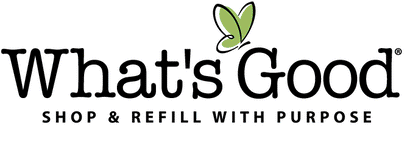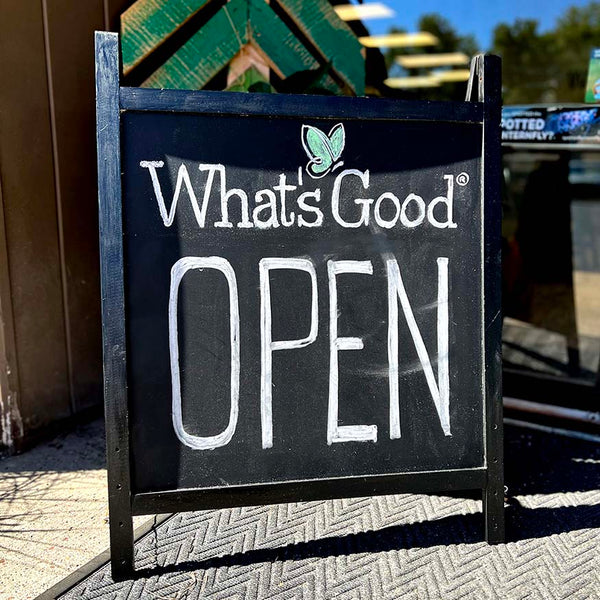






Handmade Round Basket
$25.98
Foraging. Knitting. Shopping. The List Goes On.
There are one hundred uses for this basket in your lifetime, and another for the people that inherit it. It'a an heirloom quality piece of functional art. And so much more. These most recent additions offer a little loop on either side of the handle for you to hook, carabiner, or attach whatever accessories you need.
Design + Function + Community Good.
These baskets can vary in size but are approximately 9 inches X 9 inches X 10 inches.
Our photos indicate the possibilities we have available. Select the color/pattern of your choice from the drop down. Supplies are limited!
WHAT'S GOOD?
- Handmade — each one a unique piece of art
- Reusable, Durable, Washable
- Big!
- Biodegradable / Compostable
- Fair & living wages paid direct to artisans
- Supports and contributes to the economic well-being of community
- Woman-owned company
READ MORE
You may also like
Welcome to What's Good
Here's your $10 coupon
You have $10 to use on your first order. Yay!
Good on orders of $30 or more. Happy shopping!
Enter your email below to get your $10 off coupon code.
COPY THIS CODE TO USE IN CHECKOUT








